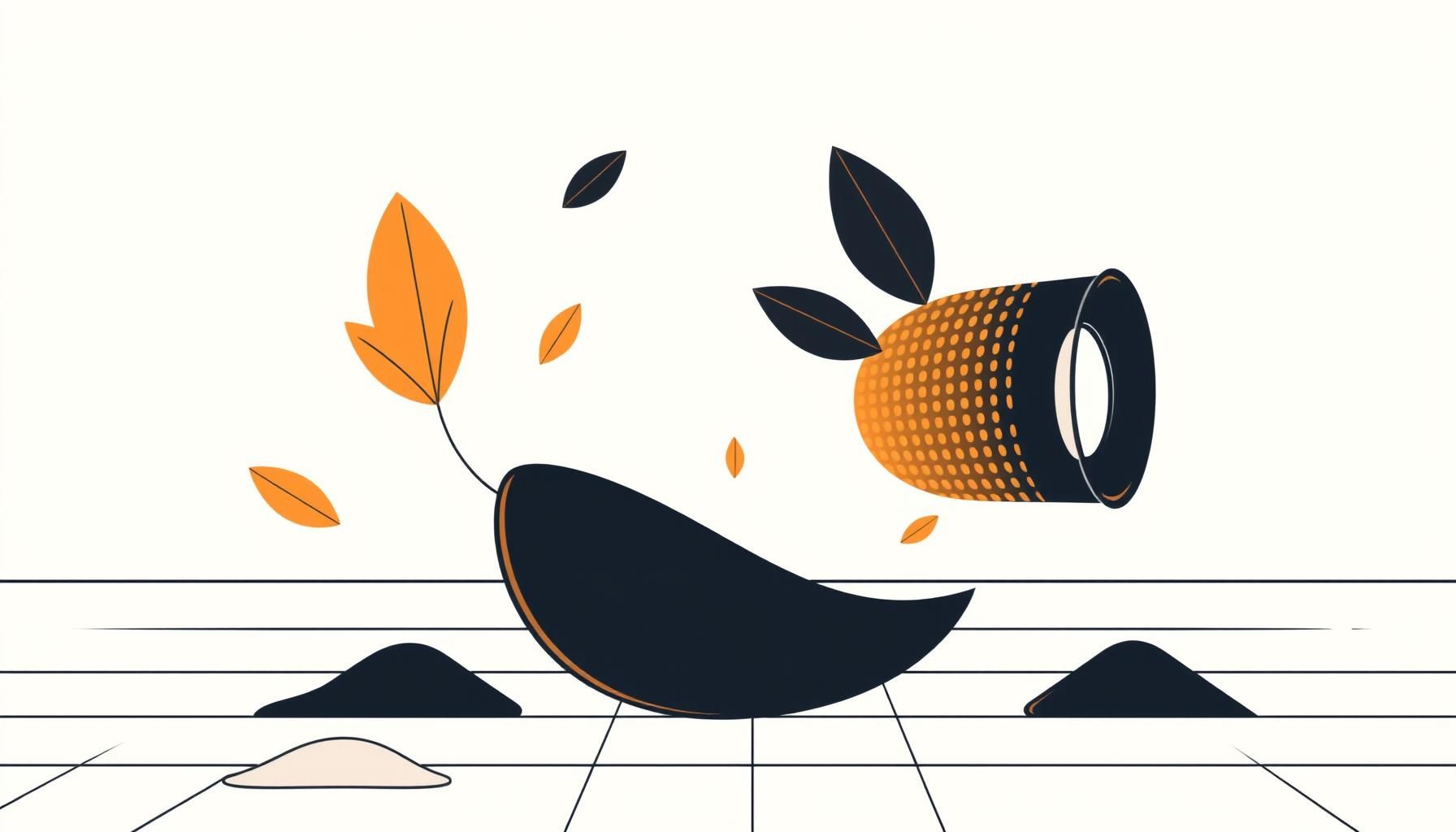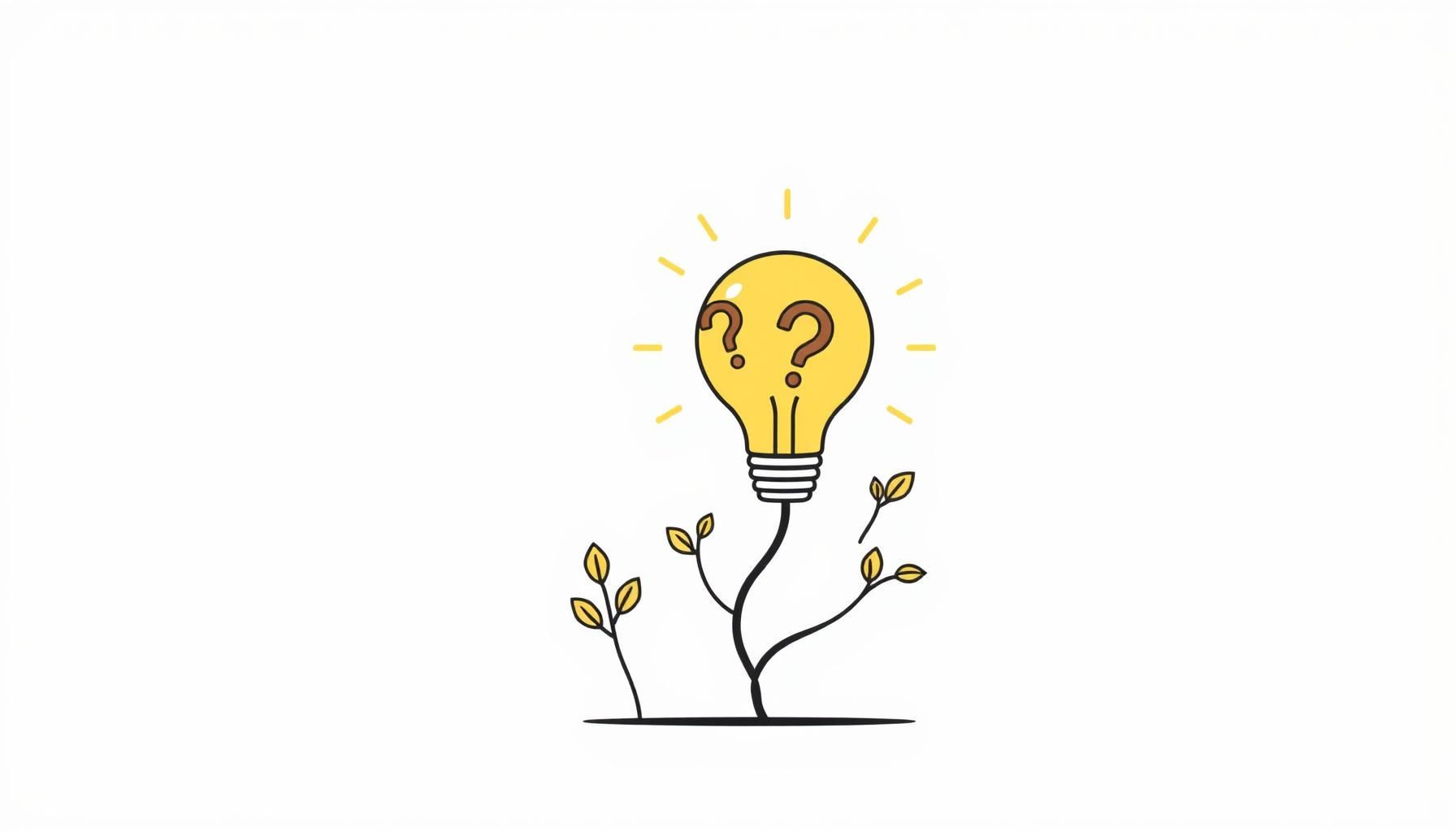
Have you ever taken a photo of your child, looked at it, and thought, “It’s good, but it just doesn’t capture the magic of that moment”? That fleeting sparkle in their eye, the sheer joy of a laugh that echoes through the park on a warm summer afternoon. In this era of AI photography, we try so hard to bottle up those sparkly little moments, and sometimes the picture falls just a little bit short. But what if our cameras could do more than just see? What if they could help us remember how a moment felt? The latest news about Google’s Pixel phones has my mind absolutely buzzing with this possibility, and WOW, it’s a game-changer for us parents!
How Does AI Become Your Pocket Photography Artist?
Okay, let’s get into it! The big news is that generative AI is now baked directly into the camera of the new Pixel phones. This isn’t about slapping a filter on after the fact. As The Verge explains, this is a whole new ballgame where the camera itself is actively co-creating the image with you from the second you press the shutter. Think of it less like a machine and more like having a tiny, brilliant artist in your pocket who’s dedicated to capturing the heart of the scene. They see you trying to get that perfect shot of your kiddo reaching for a dandelion puff, and they whisper, “Let me help you make that memory shine!”
Google’s Pixel camera product manager, Isaac Reynolds, puts it in a way that just clicks for me. And get this—he says this AI photography is basically a new version of what phone cameras have been doing for years—using algorithms to make pictures better. He calls it just a “different algorithm with different artifacts.” That really takes the scariness out of it, doesn’t it? Using tech to hold onto those sparkly little moments, it’s simply the next step in a journey we’ve been on for a while, moving from blurry prints to crystal-clear digital shots, and now, to images that feel more alive than ever.
Throughout this evolution, we’ve always been searching for better ways to preserve the fleeting wonders of childhood and the magical moments that define our family stories. From the first digital cameras that replaced film to the smartphones in our pockets today, each technological leap has brought us closer to truly capturing the essence of these irreplaceable times.
Can AI Zoom Capture Childhood’s Fleeting Wonders?

Here’s where it gets REALLY exciting for parents. The new feature, Pro Res Zoom—which is just a fancy term for super-smart zoom that acts like a detective—is just incredible. It uses this new smart tech to “intelligently recover and refine intricate details” at up to 100x zoom. What does that mean for us? Imagine you’re at the park with your child. Your daughter, who’s about seven now, spots a ladybug on a distant leaf. It’s one of those pure, unscripted kid moments of discovery that you desperately want to save forever. You try to zoom, but it usually turns into a pixelated mess. Frustrating, right?
But with this AI camera, the camera doesn’t just magnify; it rebuilds. It uses the information it has to fill in the gaps, adding “realistic texture and sharp edges,” as CNET describes it. Suddenly, you don’t just have a blurry red dot. You have a photo that captures the ladybug’s tiny spots, the delicate veins of the leaf, and the sheer wonder on your child’s face through smarter AI photography. It’s about getting closer not just in distance, but closer to the feeling of the experience. It’s about preserving fleeting wonders with the clarity they deserve. This isn’t about faking a memory; it’s about honoring it. YES! This is what I’m talking about!
What Defines a ‘Real’ Photo in the AI Camera Age?

Naturally, this brings up a big question: What even is a photo anymore? If the camera is filling in details, is it still real? It’s a valid thought, and it’s something we’re all navigating. But I honestly see this as an amazing opportunity, not a problem! It opens up a fantastic conversation to have with our kids. Instead of just looking at pictures, we can talk about them. “What story does this photo tell?” or “How does this picture make you feel?”
This is about shifting our perspective from a rigid definition of “real” to a more creative one. It’s about storytelling through AI photography. Plus, Google is being thoughtful about this. The research mentions that the Pixel will label all photos with C2PA content credentials, which is like a digital birth certificate for an image. It’s a way to be transparent about where a photo came from. This little tag helps us and our kids become smarter, more curious viewers of the world. It’s a tool that encourages us to think critically about kid moments, which is a superpower in today’s world. We’re not losing authenticity; we’re gaining a new layer of creative expression and a powerful teaching moment all in one.
What If AI Became an Ally for Curiosity?

The camera isn’t just a memory keeper anymore—it’s becoming a partner in our children’s discovery of the world. When our kids encounter something new and mysterious, this technology can help them delve deeper. That blurry butterfly they spotted during your weekend walk? Now they can see its delicate patterns up close, sparking questions and curiosity!
Beyond photography, imagine how this could transform our family adventures. Our daughter loves collecting interesting leaves on walks—sometimes they crumble before we get home. With Pro Res Zoom, we could document every detail, preserving both the physical leaf and the memory of discovery. Technology that enhances rather than replaces these precious moments? Now that’s the future we want for our kids’ kid moments!
How Do We Prepare Our Kids for AI Images of the Future?

As parents, we’re preparing our children for a world very different from the one we knew. Teaching them about AI in photography isn’t about distrust—it’s about empowerment! When we sit down together with our phones, we can ask questions like, “What do you think made this photo so special?” or “How do you think the camera helped us capture this moment?”
Try a monthly “Photo Story Night” where you reconstruct memories together from enhanced shots. These conversations build critical thinking skills while preserving the joy of memory-making. Our kids won’t just be snapping pictures—they’ll be becoming visual storytellers, understanding the technology behind the images while keeping their authentic voices. By embracing these tools now, we’re helping them develop a healthy relationship with technology that will serve them throughout their lives!
Food for Thought: Embracing the Future of Memories
So, where does this leave us? For me, it’s a place of pure, bubbling optimism! This technology isn’t about replacing reality. It’s about enhancing our ability to hold onto the sparkly little moments that slip through our fingers so quickly. The way a sunbeam hits your child’s hair, the determined focus as they build a wobbly tower of blocks, the explosive joy of a perfect cannonball splash—these are the feelings we want to keep.
Because when she’s grown, we won’t just say “Remember how tiny you looked?”—we’ll feel the breeze from that park afternoon all over again. This AI camera is more than just a tech feature; it’s a new paintbrush for our family memories. It invites us to play, to experiment, and to capture the world not just as it is, but with all the color, emotion, and magic that our kids see in it every single day. Let’s not be afraid of what’s new. Let’s lean in with curiosity and excitement, ready to tell our family’s story in the most beautiful, vibrant, and heartfelt way possible. What a time to be a parent, and what an amazing tool to help us cherish it all!
Source: The newest Pixels put generative AI right inside the camera, The Verge, 2025-08-20
